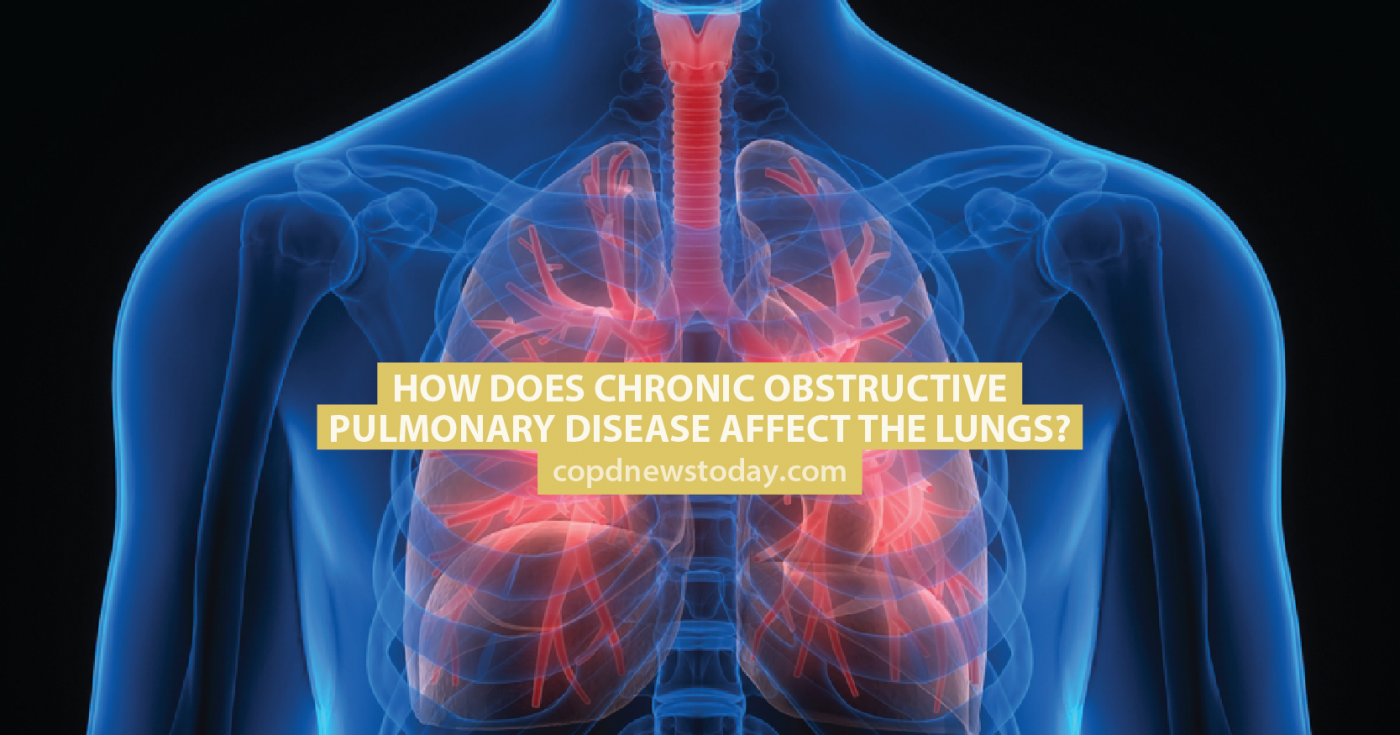How Does Chronic Obstructive Pulmonary Disease Affect the Lungs?
Written by |

Chronic obstructive pulmonary disease (COPD) is a term used primarily for two serious lung conditions: emphysema and chronic bronchitis. But how are the lungs specifically affected by COPD?
COPD patients talk about exacerbations and lung infections.
When we breathe in, oxygen enters the lungs and passes though branches called the bronchial tubes, these then feed into smaller branches called bronchioles. At the end of each bronchiole is an alveoli which is a tiny air sac that inflates and deflates. Oxygen enters the alveoli and passes through the walls and into the bloodstream. As oxygen enter the bloodstream, carbon dioxide exits the bloodstream in the reverse direction as we exhale.
In COPD patients, the alveolis’ ability to inflate and deflate becomes compromised and the walls of the air sacs become permanently damaged. This means oxygen cannot feed into the bloodstream and carbon dioxide cannot leave the bloodstream as effectively.
This lack of oxygen in the bloodstream lead to numerous symptoms including shortness of breath, fatigue, wheezing, an overproduction of mucus, and a persistent cough.
A beginner’s guide to the lungs and how they work.
COPD News Today is strictly a news and information website about the disease. It does not provide medical advice, diagnosis or treatment. This content is not intended to be a substitute for professional medical advice, diagnosis, or treatment. Always seek the advice of your physician or another qualified health provider with any questions you may have regarding a medical condition. Never disregard professional medical advice or delay in seeking it because of something you have read on this website.




